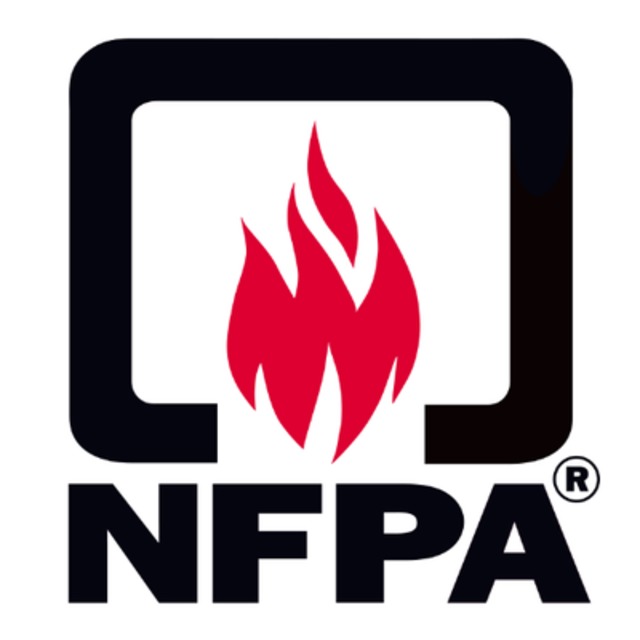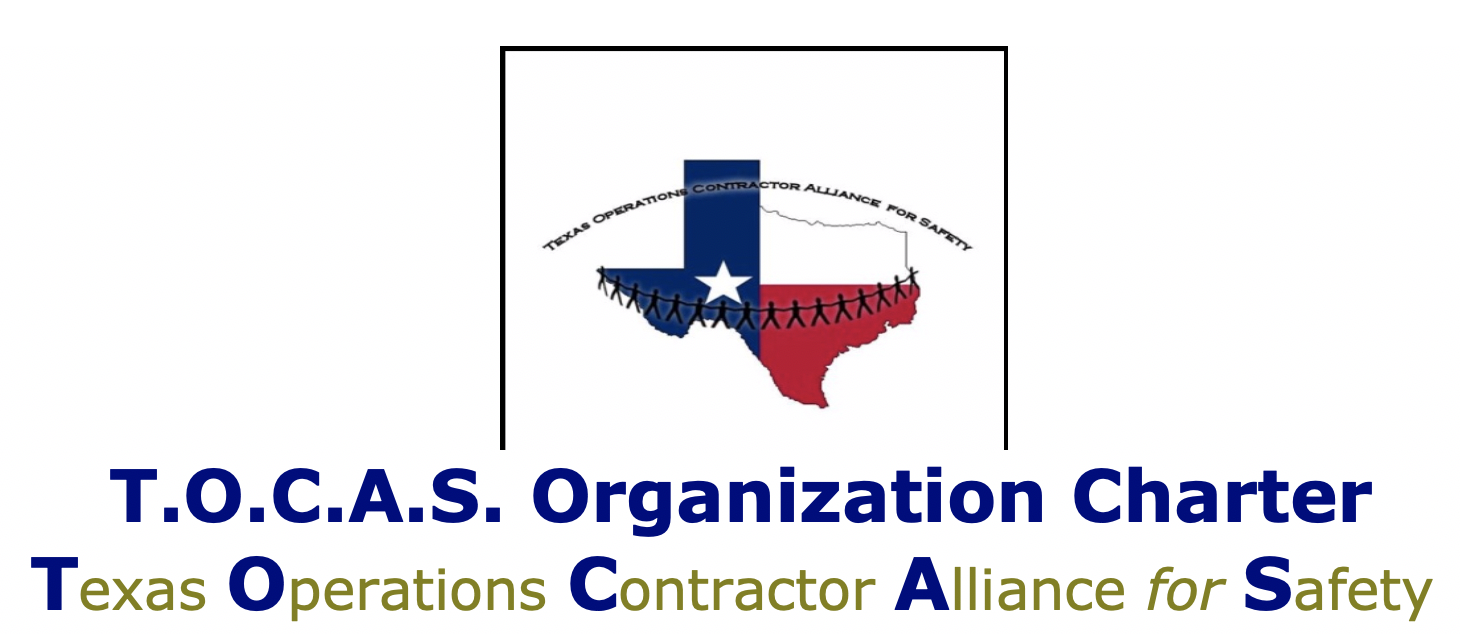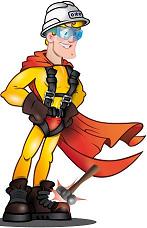Brand new utility boiler in 2000. Night crew not properly trained in switching over from gas to oil. During the commissioning, the night crew was ordered to switch over fuel. 3 minutes later a big pile of scrap metal and several million dollars of equipment gone.
Translated from Portuguese using Google.... One worker died and another was seriously injured after a crash from height of 15 meters. The accident occurred around 12pm on Saturday, in a work which is located on the banks of the BR-158. The men were working at a height of approximately 15 feet when dropped. The worker, 27, died at the scene. Membership Content
UPDATED on 3/11/03 Dear Bryan: Am I missing something? I have read the caption on the below attached photo / description several times....and I can appreciate the (additional) safety violations noted, but nowhere is thebiggie - Number one should have been, it is a violation to store or transport compressed gas cylinders horizontal, period. Being "stacked too high" is a moot point. I really hate to criticize anyone else's contribution, but this is a constant problem for me with our subcontractors and one I am always correcting and preaching on. I think it is worth a little editor's note here that when transporting any (even one) compressed gas cylinder, it must be secured in an upright position. Had that one been adhered to, they wouldn't have been in that situation. That would also clarify the issue for any "non safety professionals" who visit the site and may not be aware of the specific rule. Thanks, I hope you receive this in a positive light - I appreciate all you do, and as I have mentioned in previous correspondence, I visit and utilize your site a great deal. Thanks for doing such a great job and keep up the good work! Sincerely, No Bruce, I was the one that missed it. Many Many Thanks for taking time out of your busy schedule to bring this to my attention. ONLY when we all work together will we make the BIGGEST IMPACT! Thanks again for making this posting as accurate as we can make it! Bryan The photos show a pickup truck with a load of compressed cylinders stored horizontally. After a sudden stop, the cylinders slid forward into the driver's compartment. Thankfully, the driver was missed and there was no passenger. Also, the valve stem covers were installed which may have prevented a catastrophic incident. This incident happened at another plant, but it warrants discussion for learning purposes. I want to re-emphasize to all that we should pay attention to what we are doing and always keep safety in mind. The pictures here illustrate several safety violations: Luckily, no one was hurt in this case, but do we really want to depend on luck? Would you have liked to have been a passenger in this vehicle? Bottom line, follow safety guidelines, and think ORM!!! Many thanks to our Friends at Ohio's Bureau of Worker's Compensation and Sheppard AFB, TX for sharing this incident with us.
Colleagues Please find attached a photograph highlighting the dangers associated with pressurized containers and the warm weather. This is a picture of a pressurized can that exploded in a person's vehicle and imbedded itself in the back seat of the car. The metal backing in the seat back stopped it from penetrating the seat completely. The temperature outside of the closed up vehicle was about 100 degrees F. The can had directions on it about not being stored above 140 degrees F. Do you or anyone of your loved ones keep pressurized cans in their car? The same principle applies to any pressurized container stored near a window or heat source. Remember that solvents will pressurize a container when heated also. Please keep all items that are pressurized or can become pressurized in a cool shaded area at all times. Regards, Friendly Safety Pro
A worker was struck on the head by a compressed air hose which blew off its fitting on a piece of equipment. He received serious head injuries which proved fatal. The air hose was held by a hose clamp on the fitting with no keeper or restraining chain or sling to prevent the hose from thrashing around. CAUSE The primary cause of this accident was the failure to secure the hose and hose clamp by means of keeper or sling and chain respectively. COMMENTS AND PREVENTATIVE ACTION Although routine tasks don’t require a formal written JSA, the destructive potential of "unrestrained" compressed air hoses should be highlighted to all personnel and be included in toolbox talks and safety training. Restraining devices such as keepers, chains, slings, proprietary special couplings and whip-checks should be installed on all diameter or high pressure compressed air hoses to prevent them thrashing about in the event of a hose or coupling failure. Regular inspections of all compressed air powered equipment, including hoses, should be carried out to assess the integrity of the couplings, clamps, keepers and hoses and corrective action taken where necessary. Anti-Whip System Update
The boiler was in the basement at the rear of the school. This happen on a Sunday when the school was closed. If this was during the week there would have been 15 children and a teacher and teacher assistant in that classroom. The damage was so bad the rear of the school building had to be demolished.
Star elementary school Oklahoma 1982. Six children & one adult killed, 42 injured. The cause was an 80-gallon hot water heater exploded. The controls had been tampered with, the temperature probe was removed & the relief valve was improperly installed.
|
Partner Organizations I am proud to announce that The Chlorine Institute and SAFTENG have extended our"Partners in Safety" agreement for another year (2025) CI Members, send me an e-mail to request your FREE SAFTENG membership
Member Associations
|






































